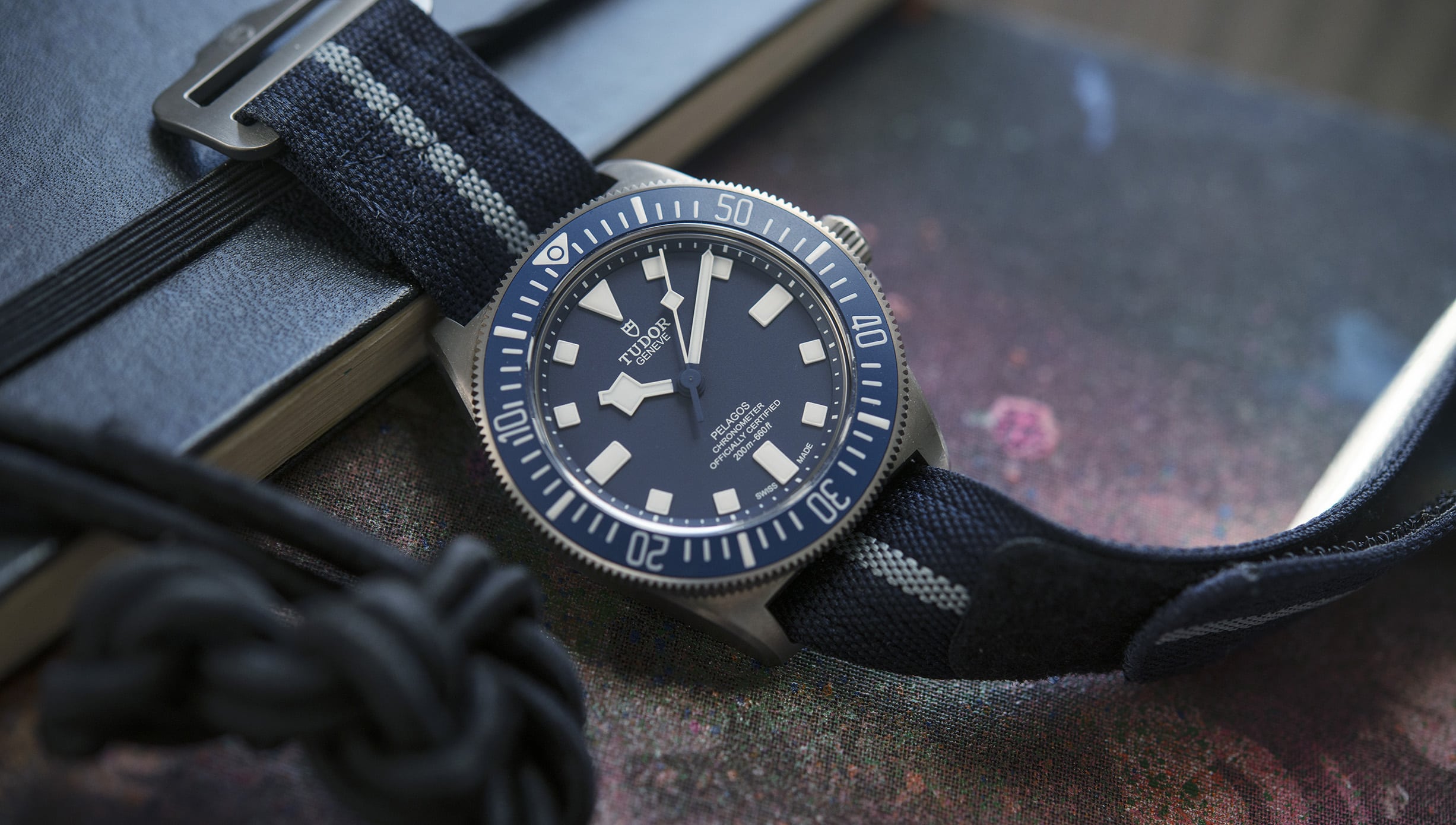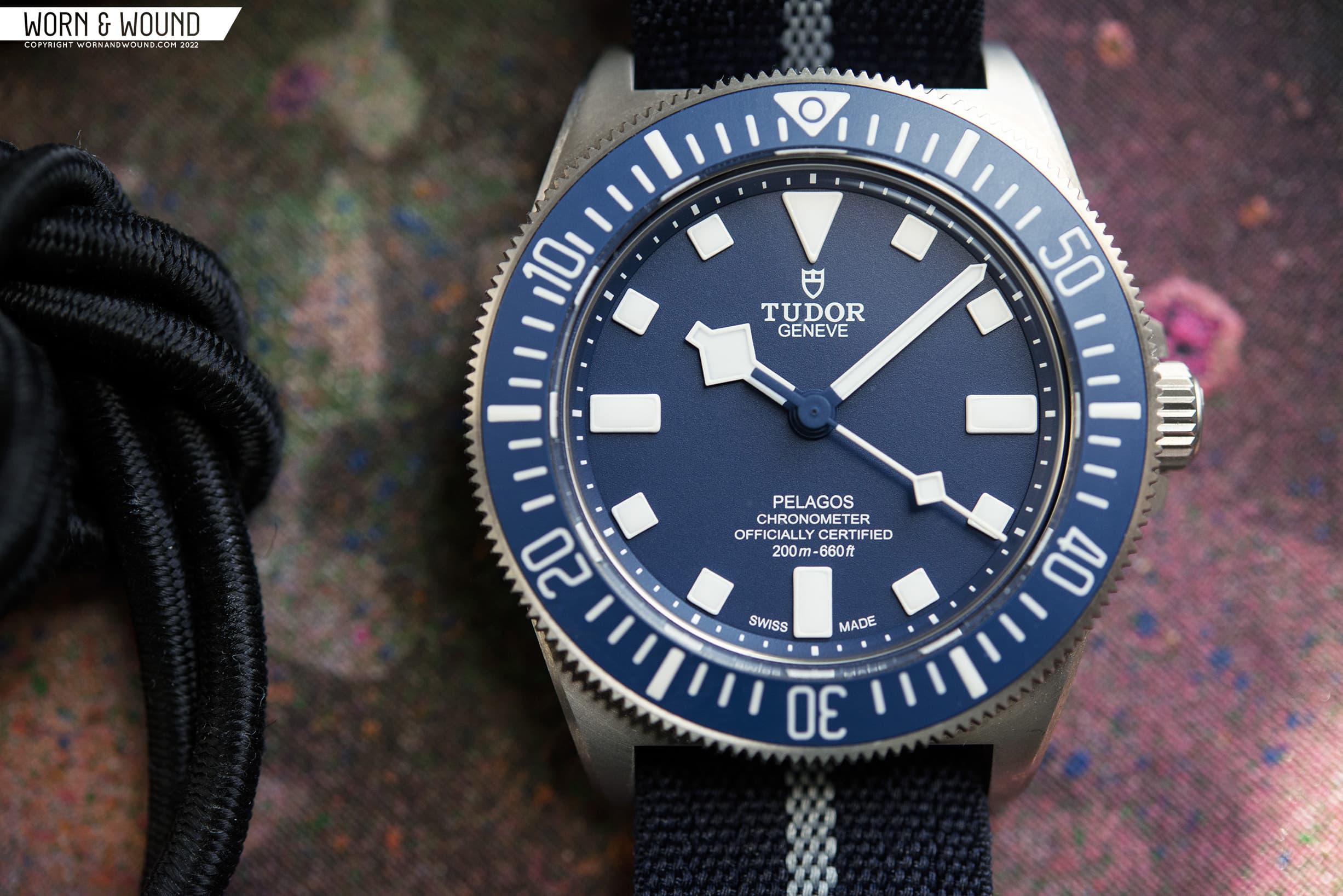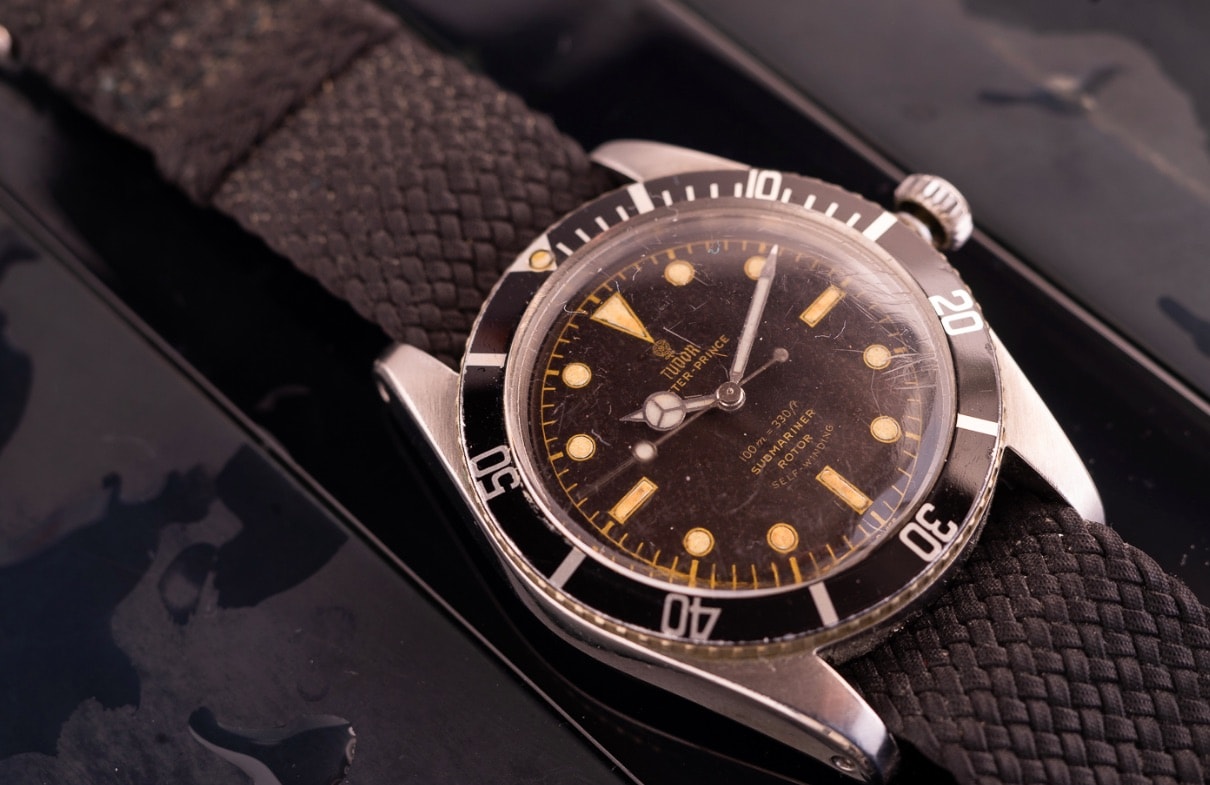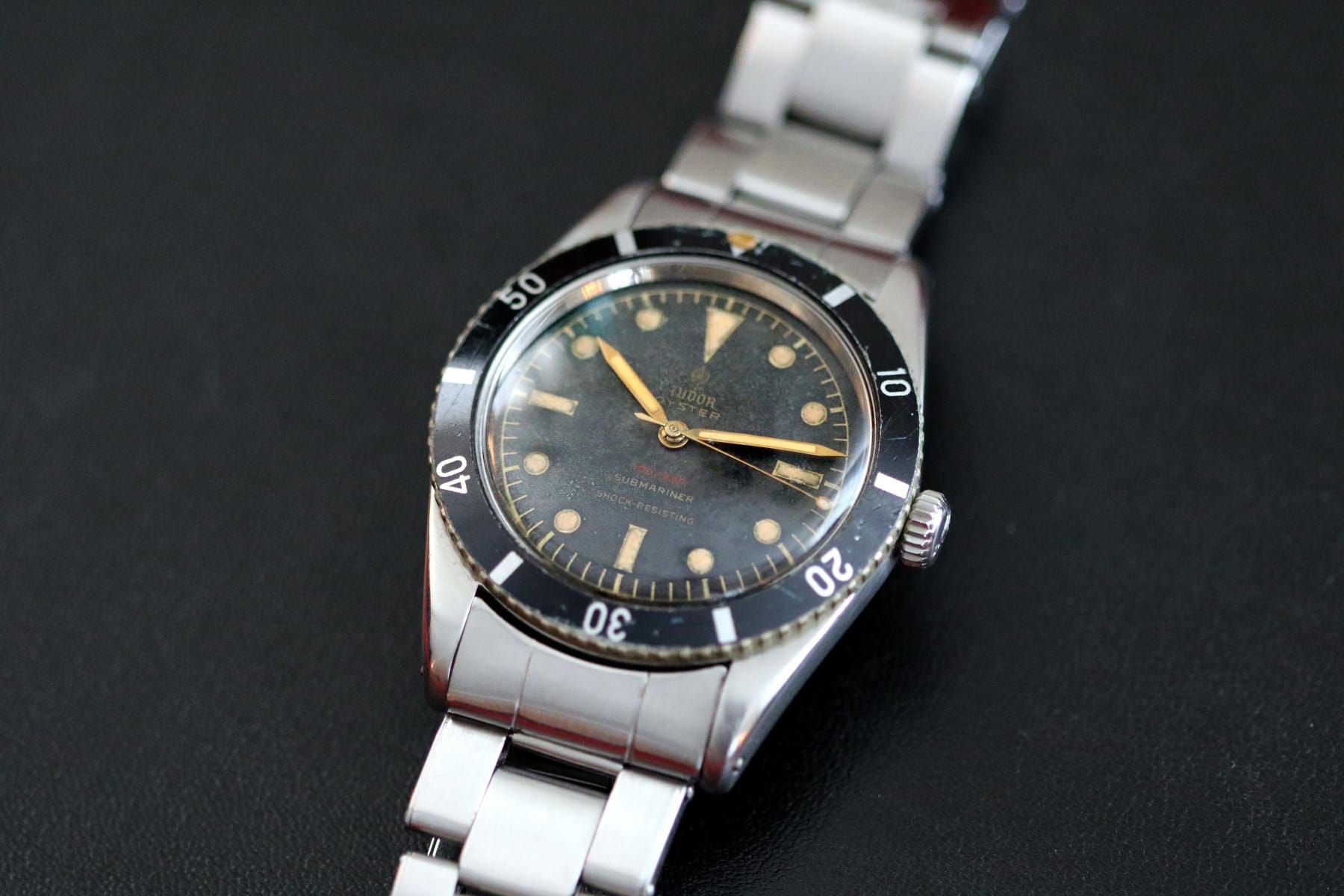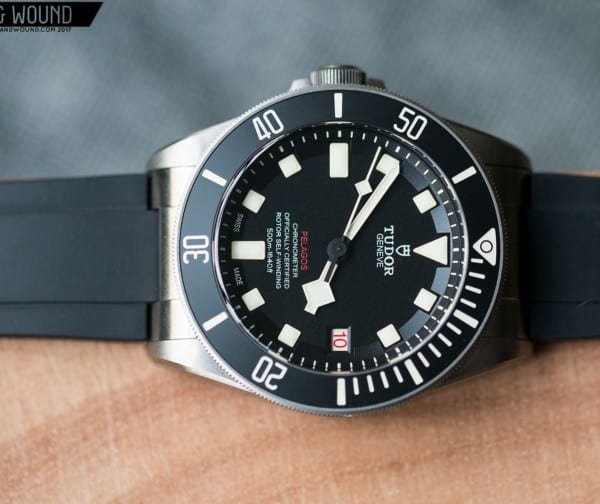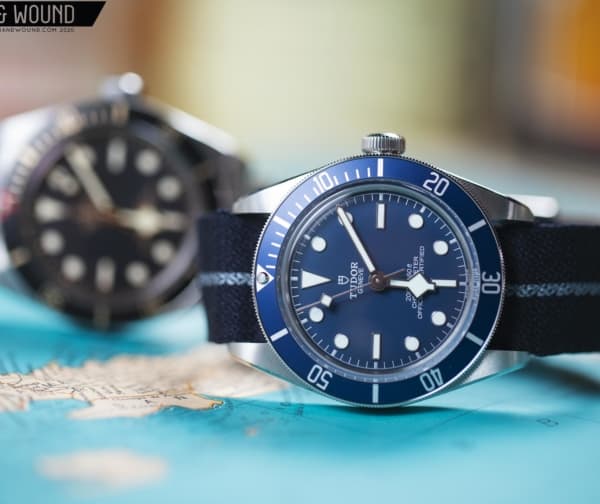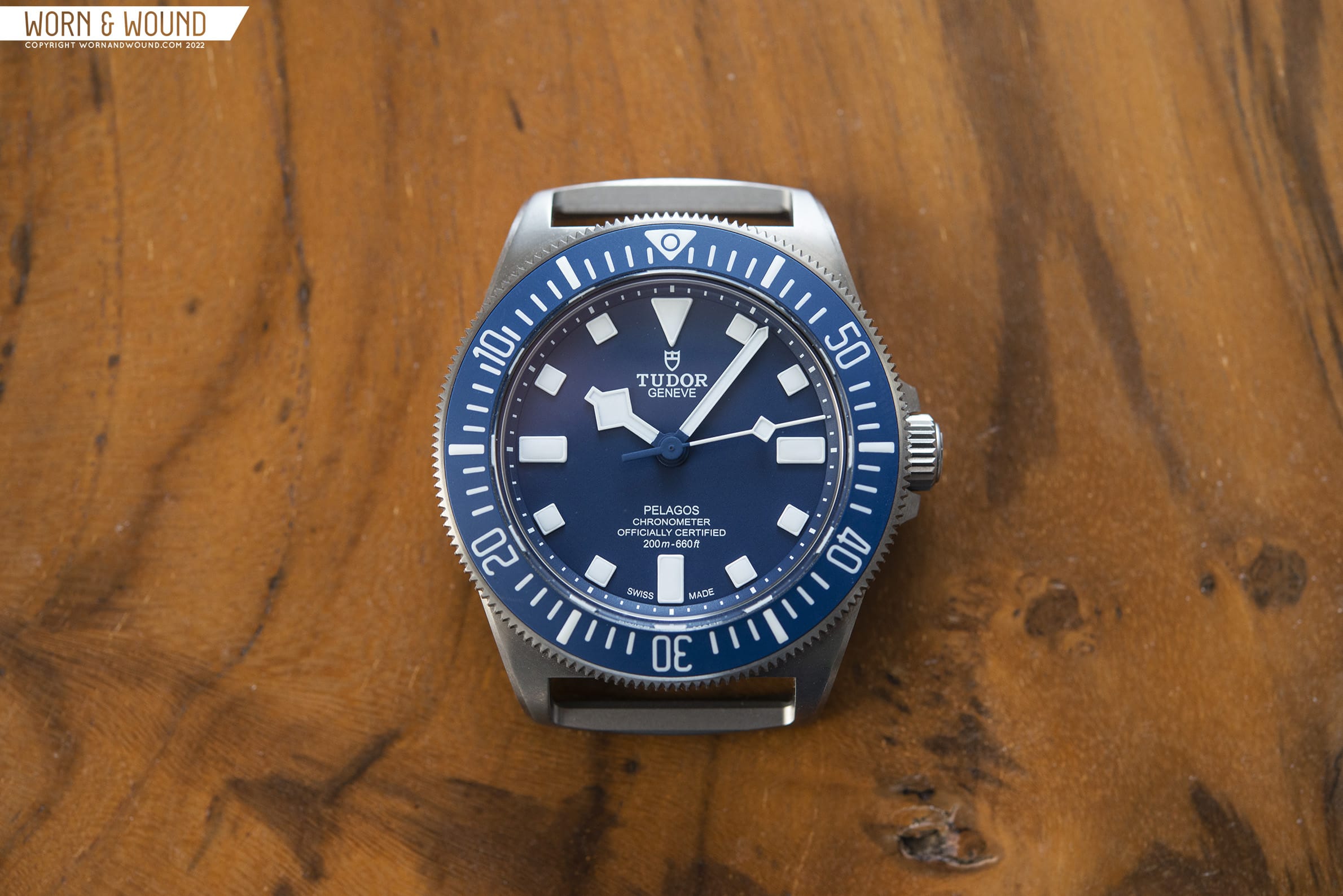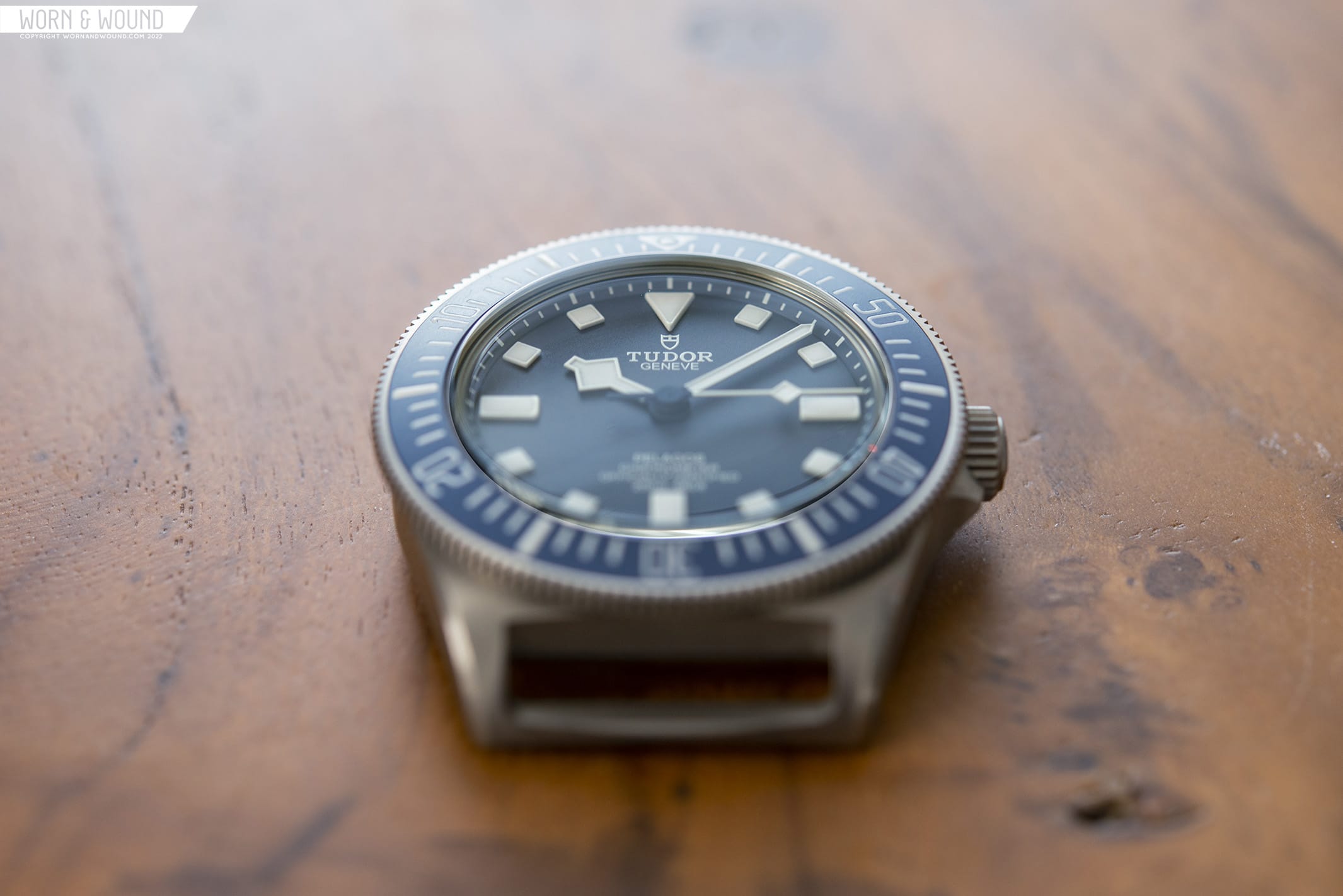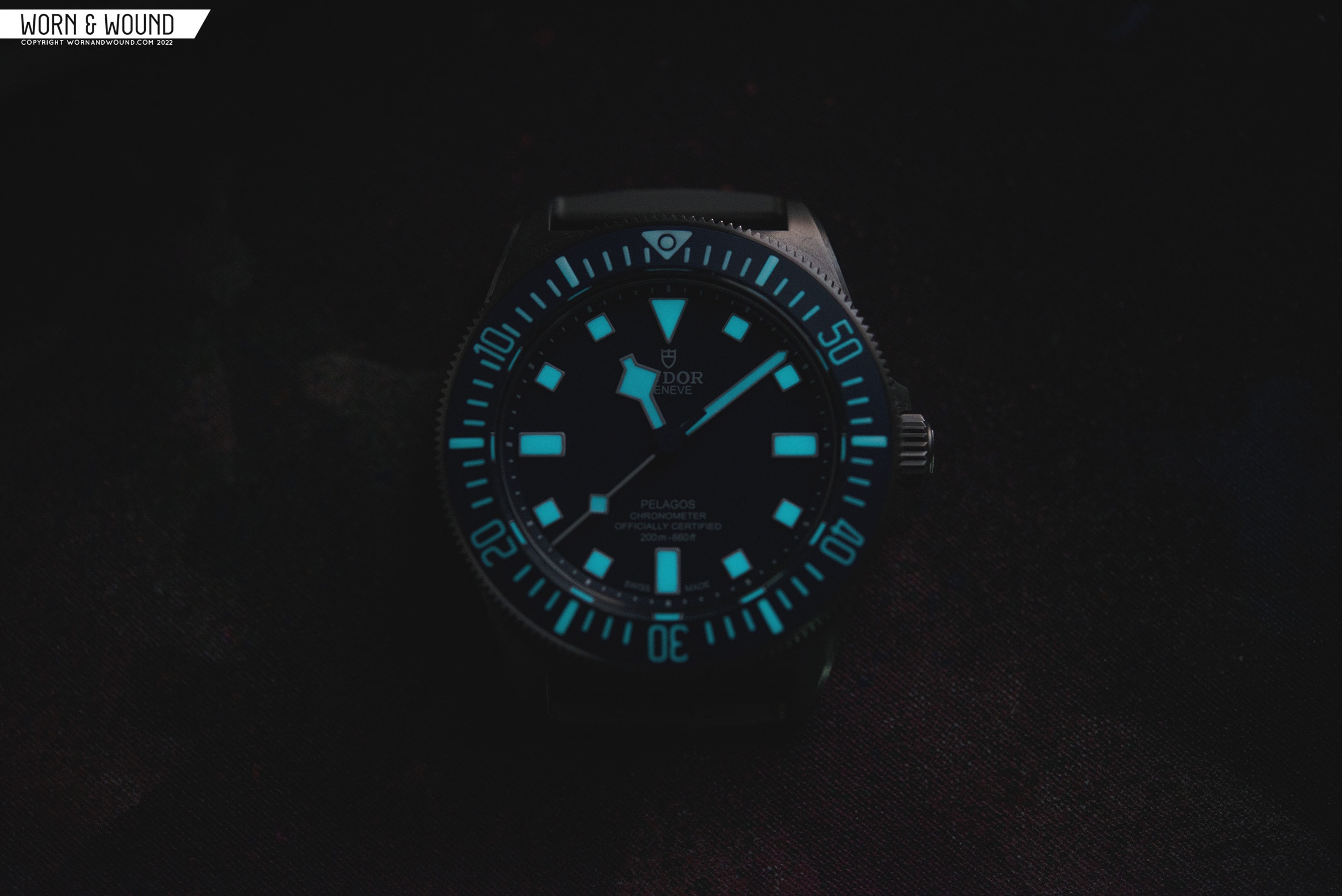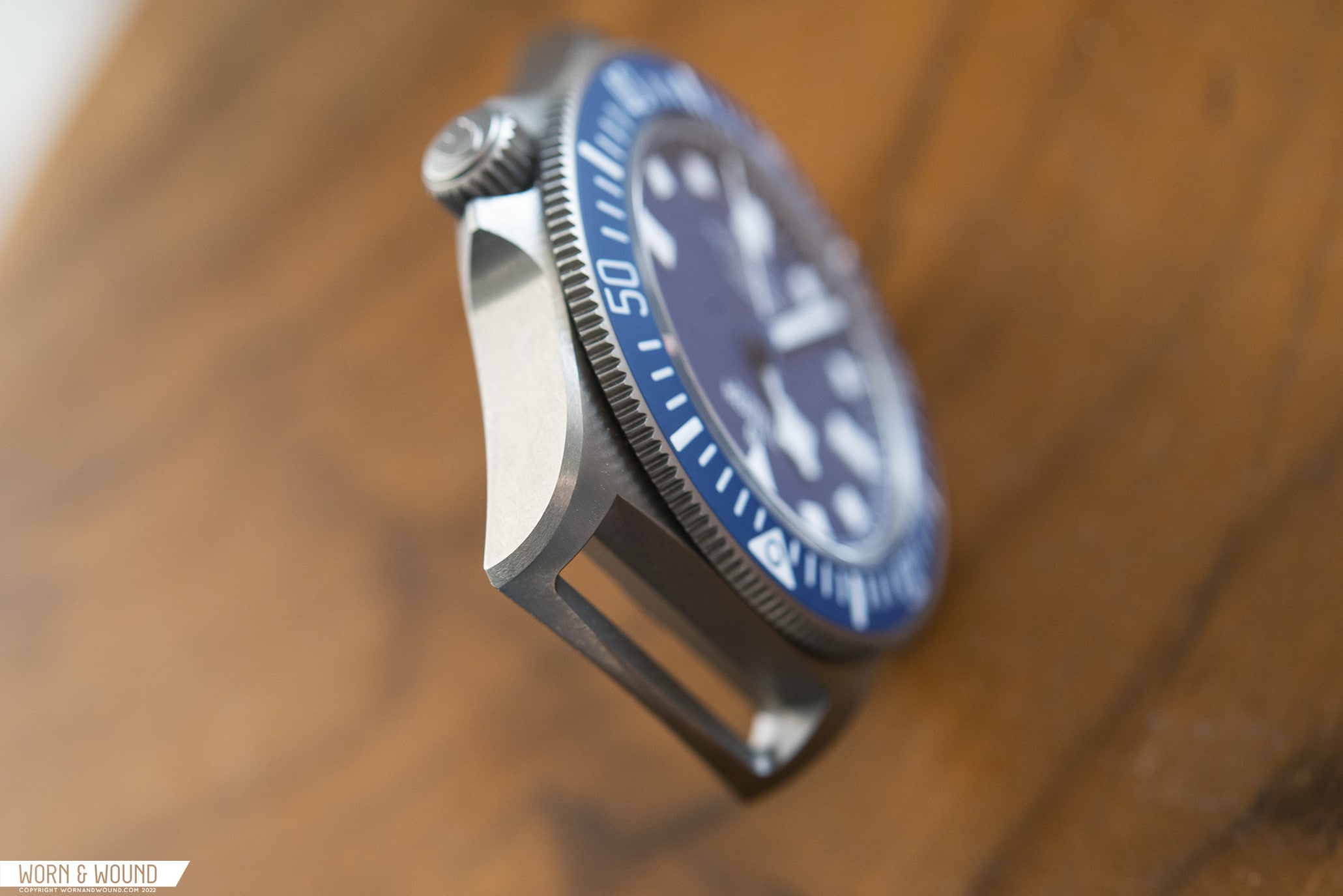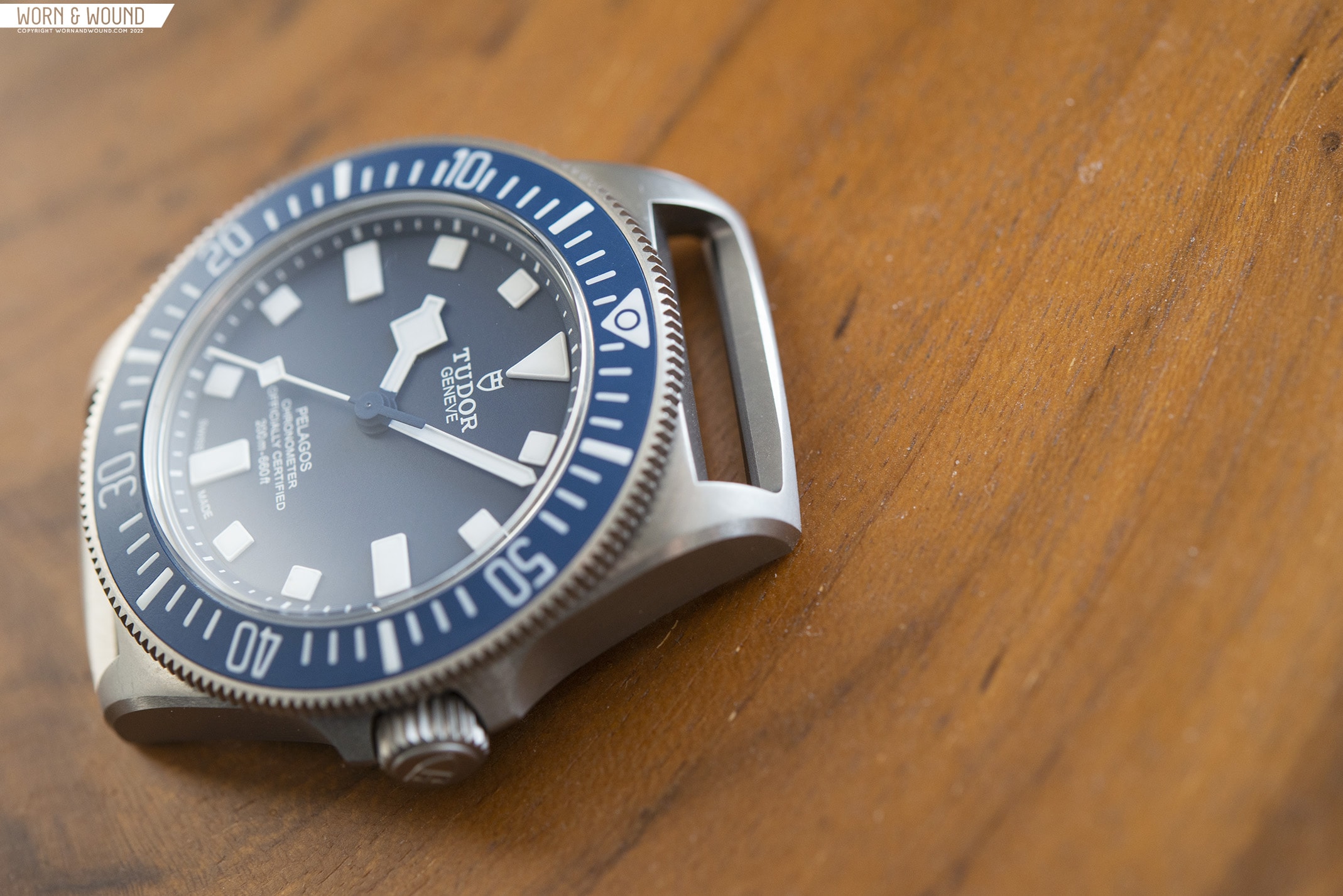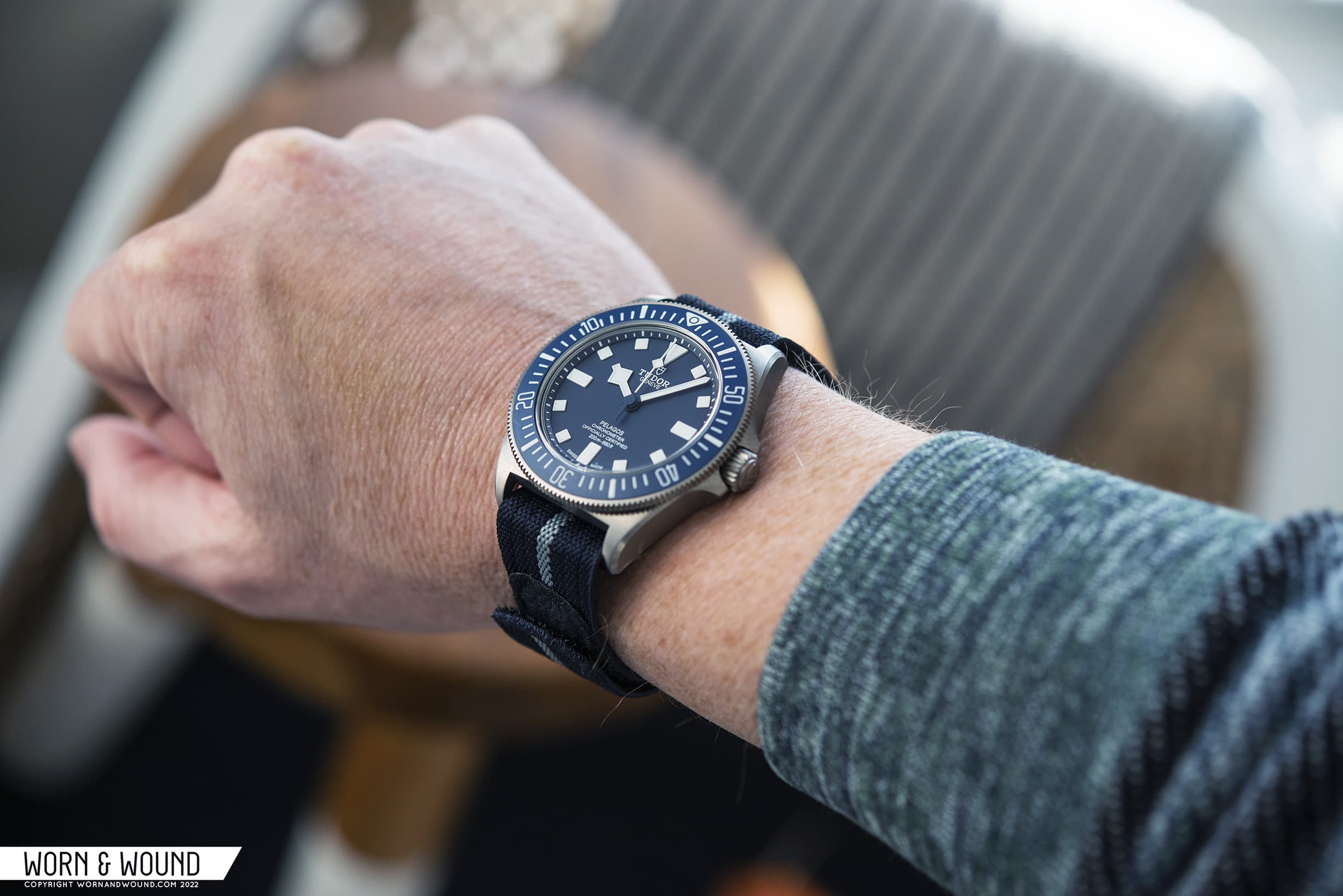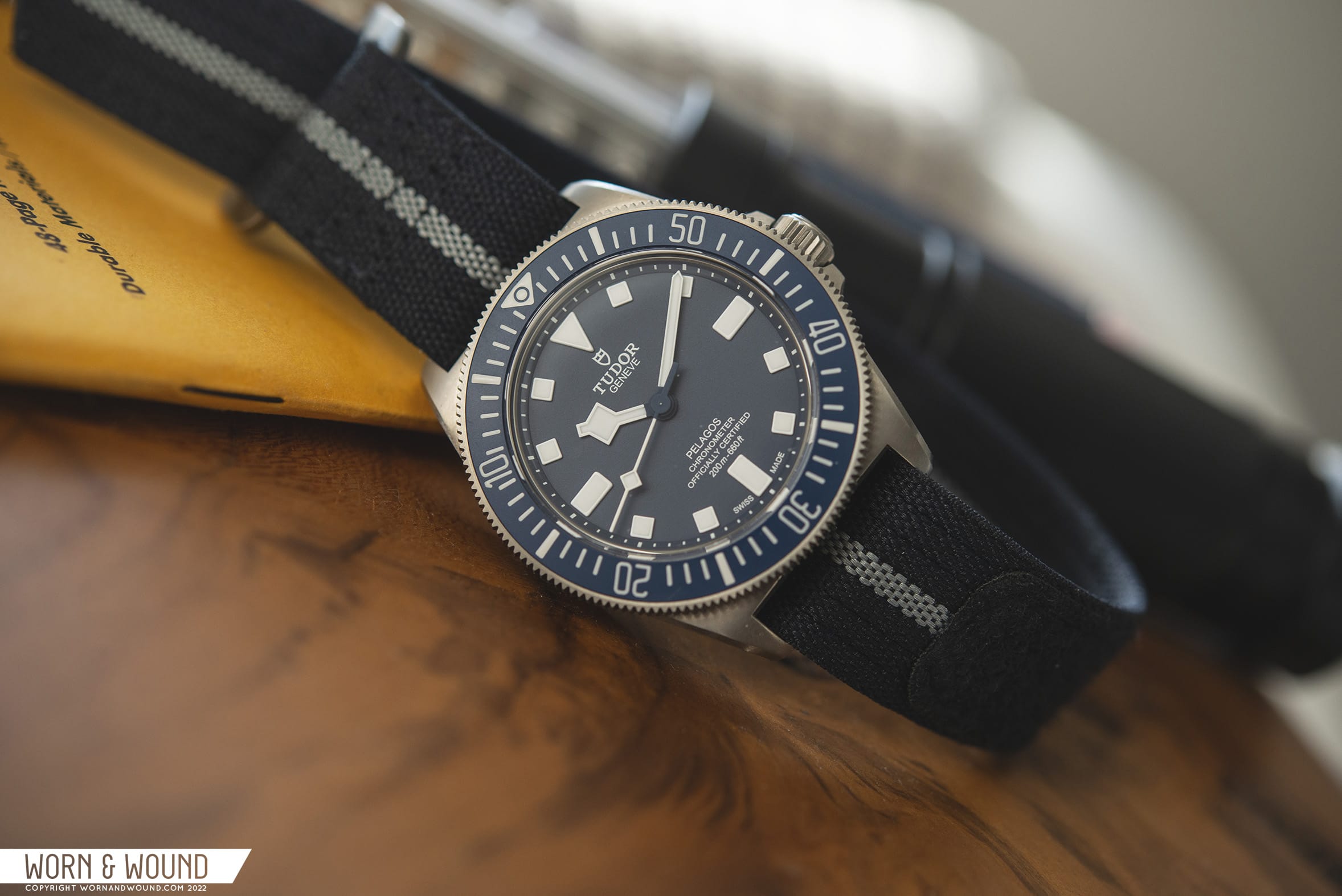If you listen to the Worn & Wound podcast, you’ve likely heard us make poor attempts at predicting what Tudor will do next. Our inaccuracy is a bit of a running gag, but it’s fun to speculate on a brand we all have a deep admiration for, and ultimately want to see creating watches that live up to the name on the dial. Last year was nothing if not unpredictable, who among us saw a silver cased Black Bay 58 coming? Gold? Maybe. Bronze? Okay, that one made a bit more sense, but with a 3,6,9 dial? As odd as they may have felt at the time, it’s safe to say each has found a loyal following. Tudor has found a way to be like a chef at a great restaurant, a glance at the menu might leave you scratching your head or even come off as straight up unappetizing, but you still trust that it’s going to be good more often than not.
One watch suspiciously absent from the release schedule for much of the year was the beloved Pelagos. When it was revealed that Tudor had picked up their historic partnership with the French Navy, the Marine Nationale, in May of ‘21, speculation on what might come of it ramped up hard, and of course, the Pelagos was front and center in much of that discussion. It took until November ‘21 to finally reveal that it would indeed be a Pelagos that would, for the first time since the ‘80s, bear an ‘M.N.’ caseback for Tudor with a watch called the FXD.









 Featured Videos
Featured Videos




